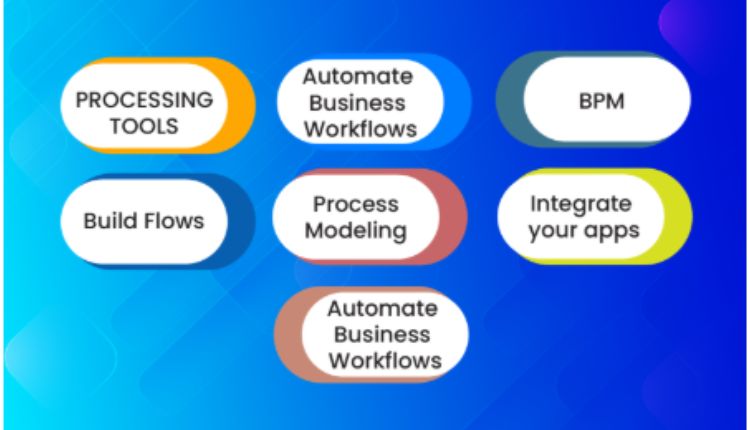Disabling the Lead object in Salesforce is a major decision that should not be taken lightly. While it may provide some benefits, it also has several potential downsides.
This article will explore the pros and cons of turning off this feature so you can make an informed decision regarding whether or not to disable this object in your Salesforce org.
Pros:
- Removing leads from your org reduces data clutter and simplifies the user interface. With fewer objects to manage, users will have an easier time navigating the system and finding relevant data.
- By disabling leads, organizations eliminate the need for manual lead assignment processes, which can save resources and time spent on mundane tasks.
- It decreases risks related to data privacy and compliance, salesforce data backup retirement since leads are typically considered private information.
- It also prevents old or irrelevant lead records from cluttering up the system and making it harder to find useful data quickly.
- Organizations can focus their efforts on more important tasks, such as nurturing existing customers instead of wasting time managing unused leads.
- Disabling leads results in improved performance in the org due to fewer objects being stored in the database.
- Removing this object saves space on Salesforce servers which can lower costs for organizations over time.
- Companies may also experience a heightened level of security with less objects to manage and monitor across their orgs.
- With fewer objects, it’s easier to keep track of changes and ensure a consistent user experience.
- It makes it easier for admins to customize fields, layouts, and profiles without having redundant objects in the way.
Cons:
- Removing leads can make it difficult to track where prospects originate from or how they found an organization’s website or services.
- Without lead records, organizations may have difficulty understanding customer behaviour patterns and preferences over time which could impact their ability to provide relevant content or offers in the future.
- If a company decides to enable leads again at a later date, they will need to recreate all of their previous data configurations and rules associated with this object which could be tedious and time consuming.
- It can also be difficult to track marketing campaign performance without leads as this data is typically tied to lead records in Salesforce.
- Removing the lead object may reduce visibility into sales funnel progress if users cannot assign certain activities or stages to leads in the system.
- If a company has used lead objects for years, disabling them could disrupt their current ecosystem which could have a negative impact on customer relationships and interactions across channels.
- By removing lead records, it reduces available data points which can make it harder to accurately measure KPIs and track business performance metrics over time.
- It also reduces the flexibility of Salesforce by decreasing the number of objects that can be used to report on, store data, and build custom applications.
- It eliminates the ability for users to add leads from within Salesforce which could slow down the sales process.
- Finally, it can make it more difficult for organizations to identify new opportunities and establish relationships with prospects in their target market if they don’t have access to lead records in Salesforce.
Conclusion:
Disabling the Lead object in Salesforce is a major decision that should not be made lightly due to both its potential benefits and drawbacks. Organizations must carefully weigh these pros and cons before making a final decision as it could significantly impact their long-term success with Salesforce. Before disabling this object, organizations should also consider whether or not they can achieve the same results without disabling leads. An alternative option may include utilizing an archive system to store old lead records and remove them from Salesforce while keeping the object active in the system. Ultimately, each organization’s needs will be different, so it is important for them to consider their current business requirements before making a decision about leads.











